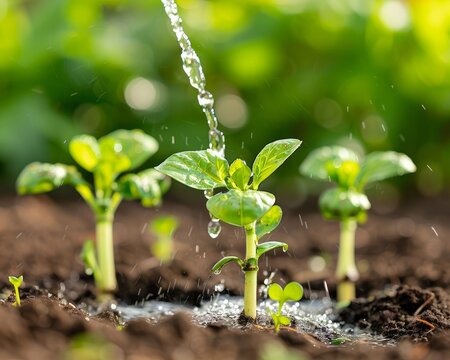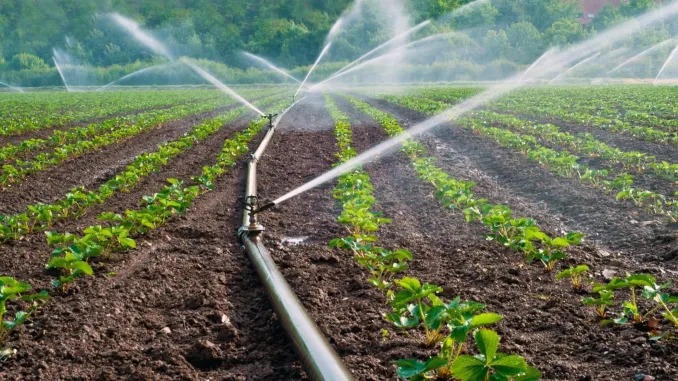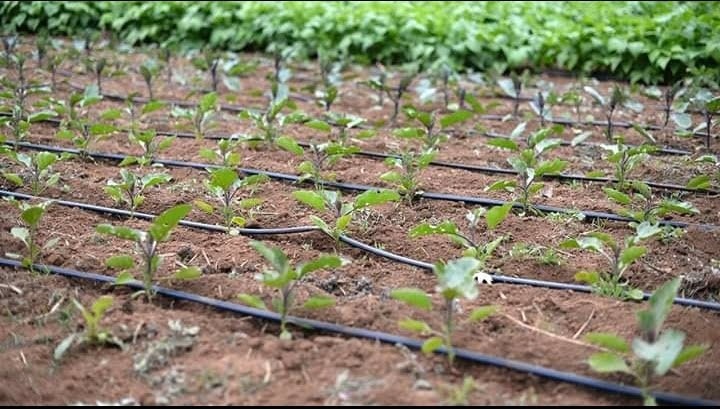In pressurized irrigation systems, water is pressurized and precisely applied to plants under pressure through a pipe system. Pressure irrigation systems, unlike surface irrigation systems, are more effective in using irrigation water for crops. They provide better farm distribution, improved control over timing, reduced land wastage in the laying farm distribution network, reduced demand for labor and better use of limited water resources.
There are many types of pressurized irrigation systems, but the two main types are: drip irrigation systems and sprinkler systems. Among them, there are many variations depending on the type of farm, the crop and the type of water supply connections required, but the basic system components remain constant. They include the control station where pressure is applied.
Main and subsidiary networks which are pipes of different dimensions. manifolds or feeder pipelines; and lateral or irrigation pipelines equipped with drippers (in drip irrigation systems) or other means of conveying water to plants or spray booms for fodder and grain, and center pivot systems (in sprinkler systems). Fertilizer injectors can be used in pressurized irrigation systems to perform fertilization.
Pressurized irrigation systems have the potential to prevent water loss related to surface irrigation, which increases the efficiency of open irrigation from 45 to 60% to pressurized irrigation with an efficiency of 75% to 95%. While open duct systems require high manpower to maintain pressurized systems, they require skilled labor.
Pressure irrigation systems require one-tenth to one-quarter of the labor hours that canal systems require. Due to the need to reduce labor in agriculture and the love of high technology, pressure irrigation systems are costly and out of reach of small farmers. in developing countries
Water quality and energy are very important for the sustainability of pressurized irrigation systems. Water with high dissolved minerals leads to repeated clogging of drippers. Routine maintenance is required to clear blockages in delivery connections and maintenance of pumps and fertilizer units.
Pressurized irrigation systems range from complex computerized setups with high startup costs to moderate-cost systems that include bubblers, garden mini-sprinklers, and micro-sprinklers. Their use is mainly limited to large farmers or in commercial agriculture.
Recently, pressure irrigation systems have become popular for retailers. Examples of low-cost systems include drip irrigation with drippers, drip tape, and porous wall tubing, as well as hand-hose basin systems for trees, pipe distribution irrigation systems, and hose sprinklers.




